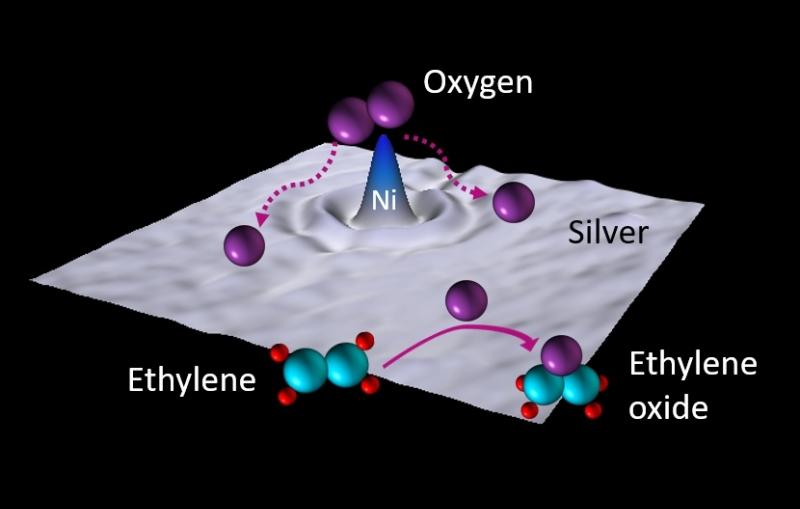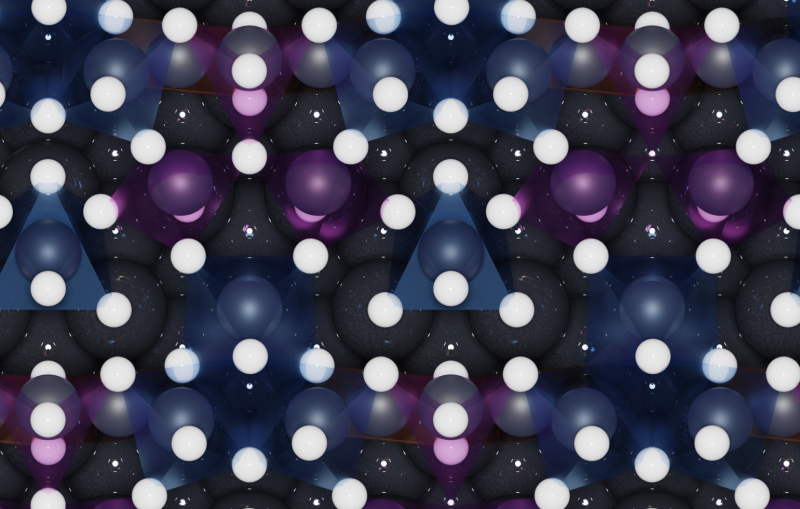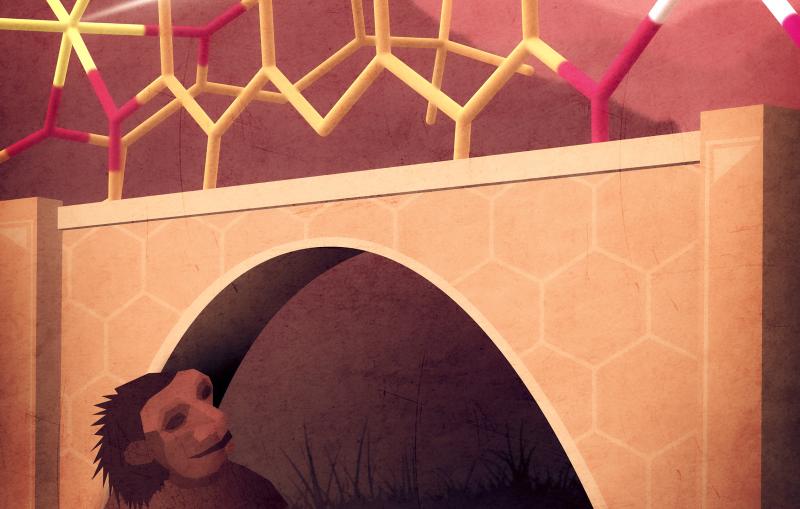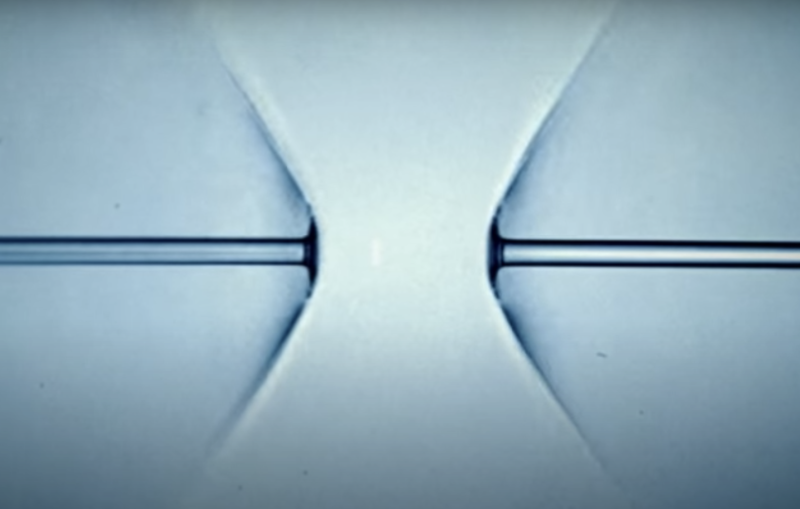




Scientists at SLAC observe chemical reactions in unprecedented detail and find ways to make them more efficient, with the goal of using chemistry to help solve the nation’s energy challenges.






Scientists at SLAC observe chemical reactions in unprecedented detail and find ways to make them more efficient, with the goal of using chemistry to help solve the nation’s energy challenges.
